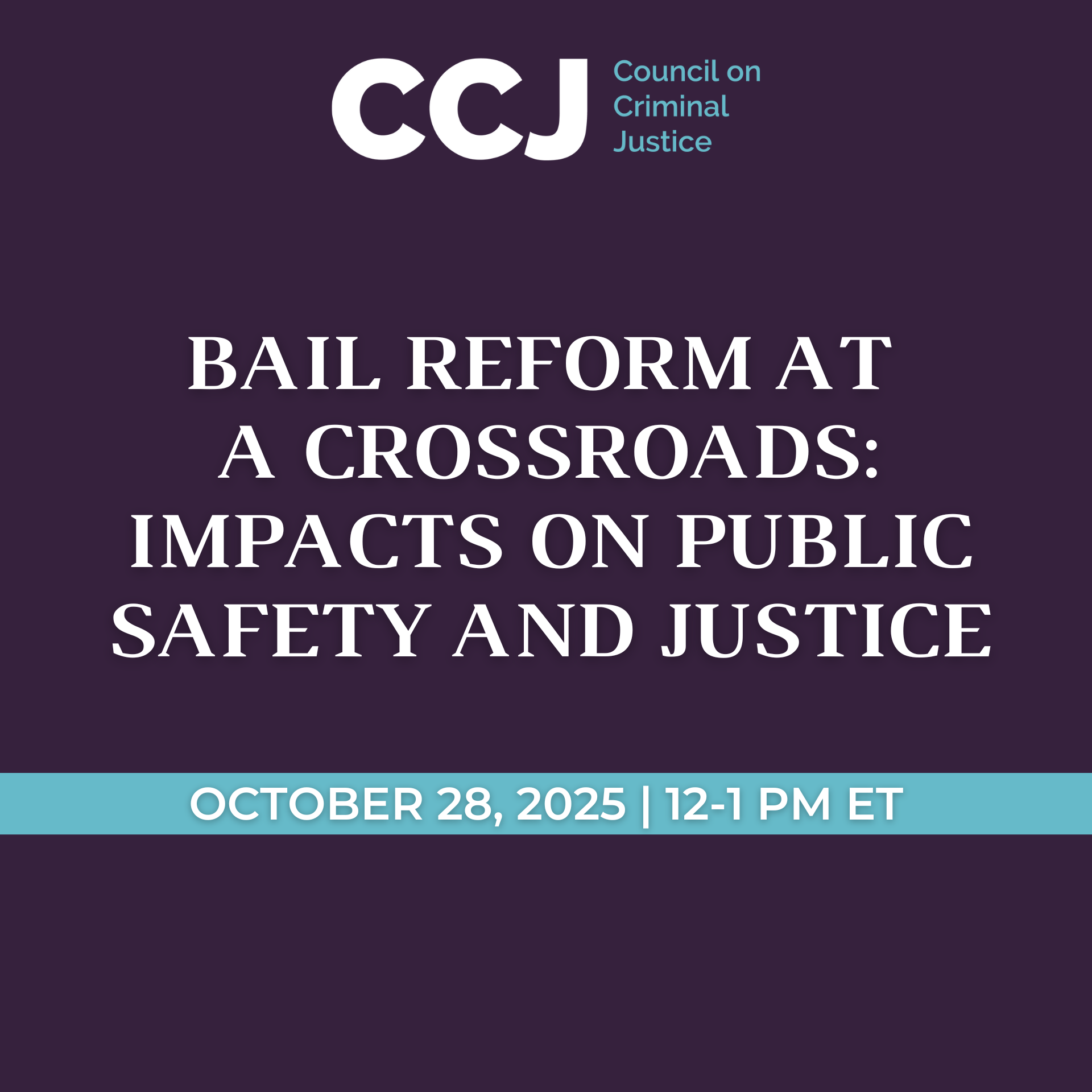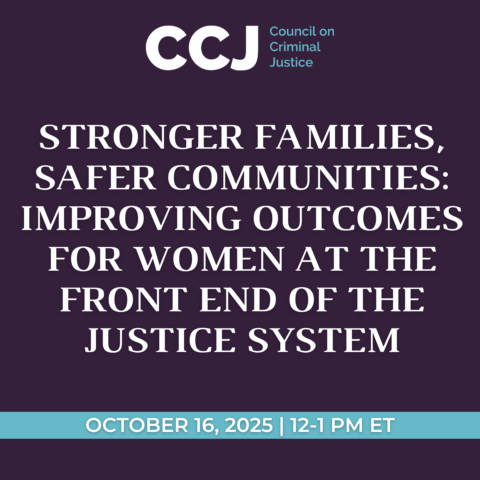This report updates our previous studies of crime changes during the COVID-19 pandemic, extending the data through the end of 2022. Our conclusions have not changed: long lasting reductions in violence and crime will require cities to adopt evidence-based crime-control strategies and long-needed reforms to policing.
Methodology
This study examines monthly crime rates for ten violent, property, and drug offenses in 35 U.S. cities in calendar year 2022. Not all cities reported monthly data for each crime, and offense classifications varied somewhat across the cities. The largest city in the sample is New York, with 8.4 million residents. The smallest is Richmond, Virginia, with 227,000 residents. The mean population of the cities for which crime data were available is approximately 1.1 million, while the median population is roughly 652,000. The study cities were selected because their police departments provided incident-level data in near real-time on their online portals.
The incident counts for this report were obtained within days of the end of the study period to provide a timely snapshot of crime across the nation. As a result, these figures may and often do differ from data subsequently published by the police departments and from still other counts released later by the FBI as part of its national crime reporting program. Data updates occur for multiple reasons. For instance, if the victim dies, an incident initially classified as an aggravated assault may be reclassified later as a homicide. For the most up-to-date information for a specific city, please visit its website.
Findings
- The number of homicides in 2022 was 4% lower than counts recorded in 2021, representing 242 fewer murders in the 27 cities that publicly report monthly homicide data. The national homicide rate remained 34% higher than in 2019, the year before the pandemic began, and about half the historical nationwide peaks in 1980 and 1991.
- There were 3.5% fewer aggravated assaults in 2022 than in 2021. The number of gun assaults dropped by 7% in 2022, but this trend is based on data from just 11 cities and should be viewed with additional caution.
- Domestic violence incidents decreased by 5% between 2021 and 2022. This finding is based on just 11 cities studied and also should be viewed with extra caution.
- Robberies (+5.5%), nonresidential burglaries (+11%), larcenies (+8%), and motor vehicle thefts (+21%) all increased from 2021 to 2022. Residential burglaries fell by 2%.
- The number of drug offenses dropped by 2% in 2022 from totals recorded in 2021.
- This report devotes extended attention to the rise in motor vehicle thefts that has continued since the beginning of the pandemic. After declining for three decades, motor vehicle theft began to rise at the onset of the pandemic and surged by 59% from 2019 to 2022.
- The report also discusses a recent increase in carjacking, although this trend is based on data for only seven cities and conclusions must be tentative.
- Despite some encouraging trends, the authors conclude that high rates of violent crime require immediate action from law enforcement and policymakers, including expansion of crime-prevention strategies of proven effectiveness and the enactment of needed policing reforms. Both initiatives are necessary to achieve durable reductions in violence and other crime in our cities.




